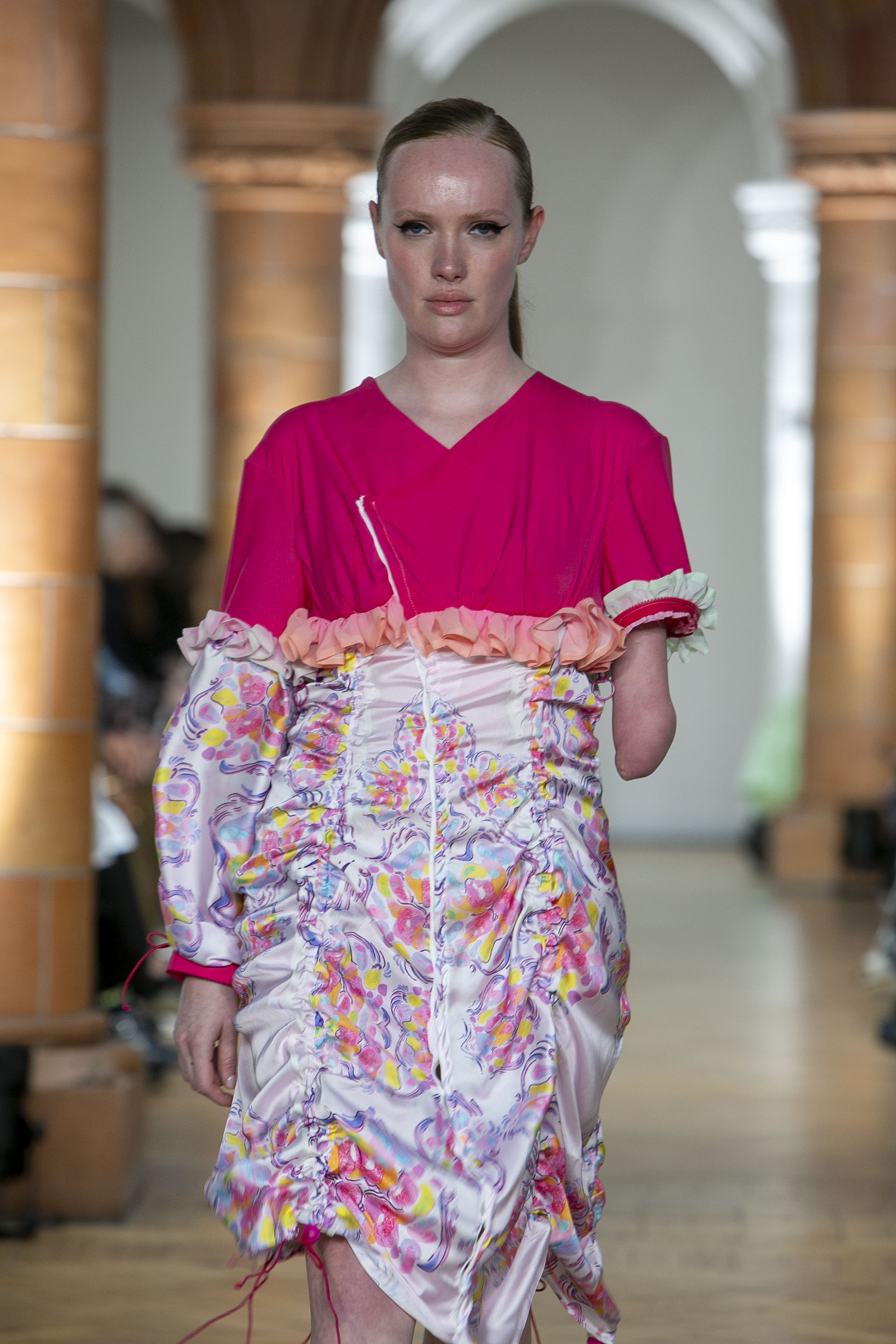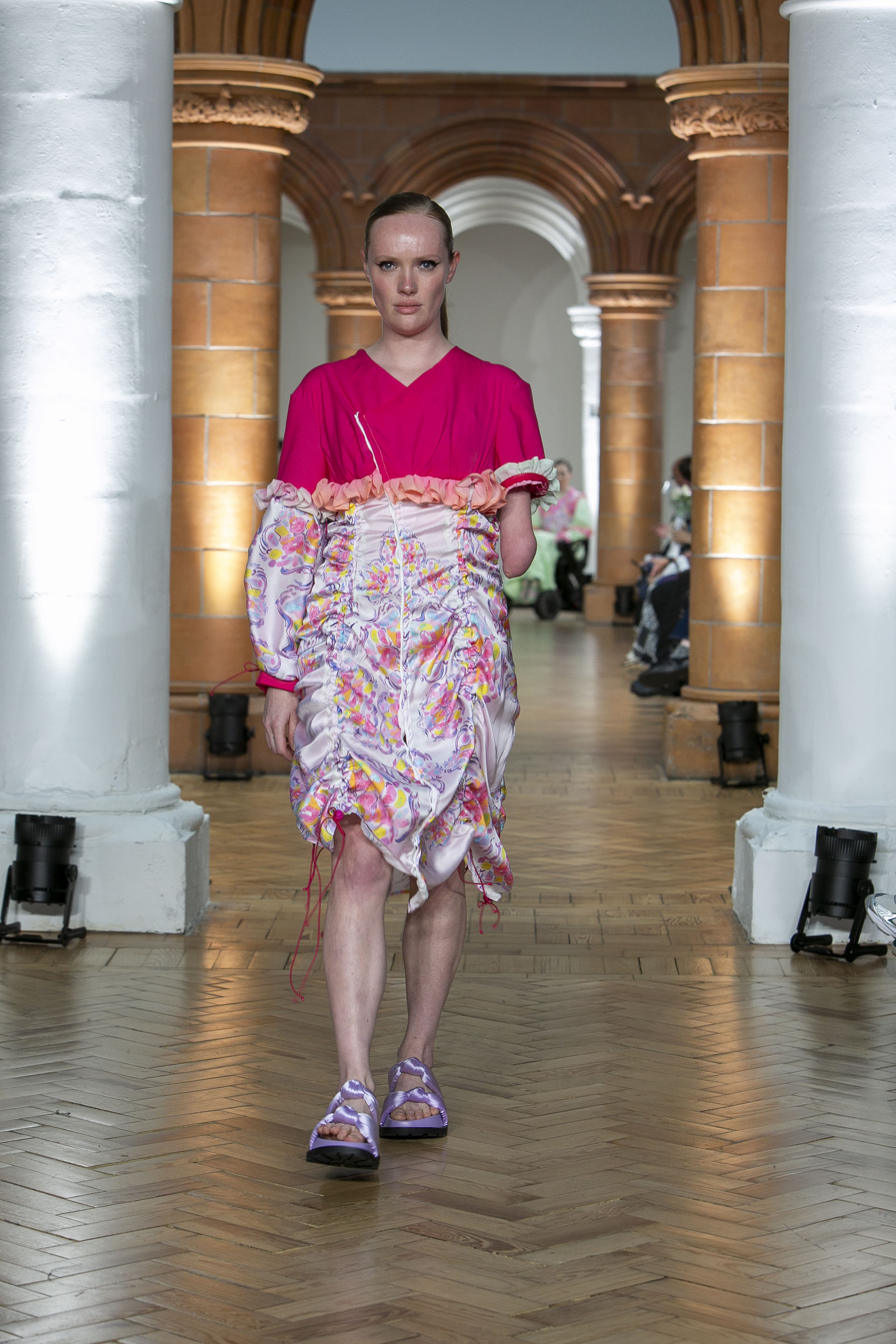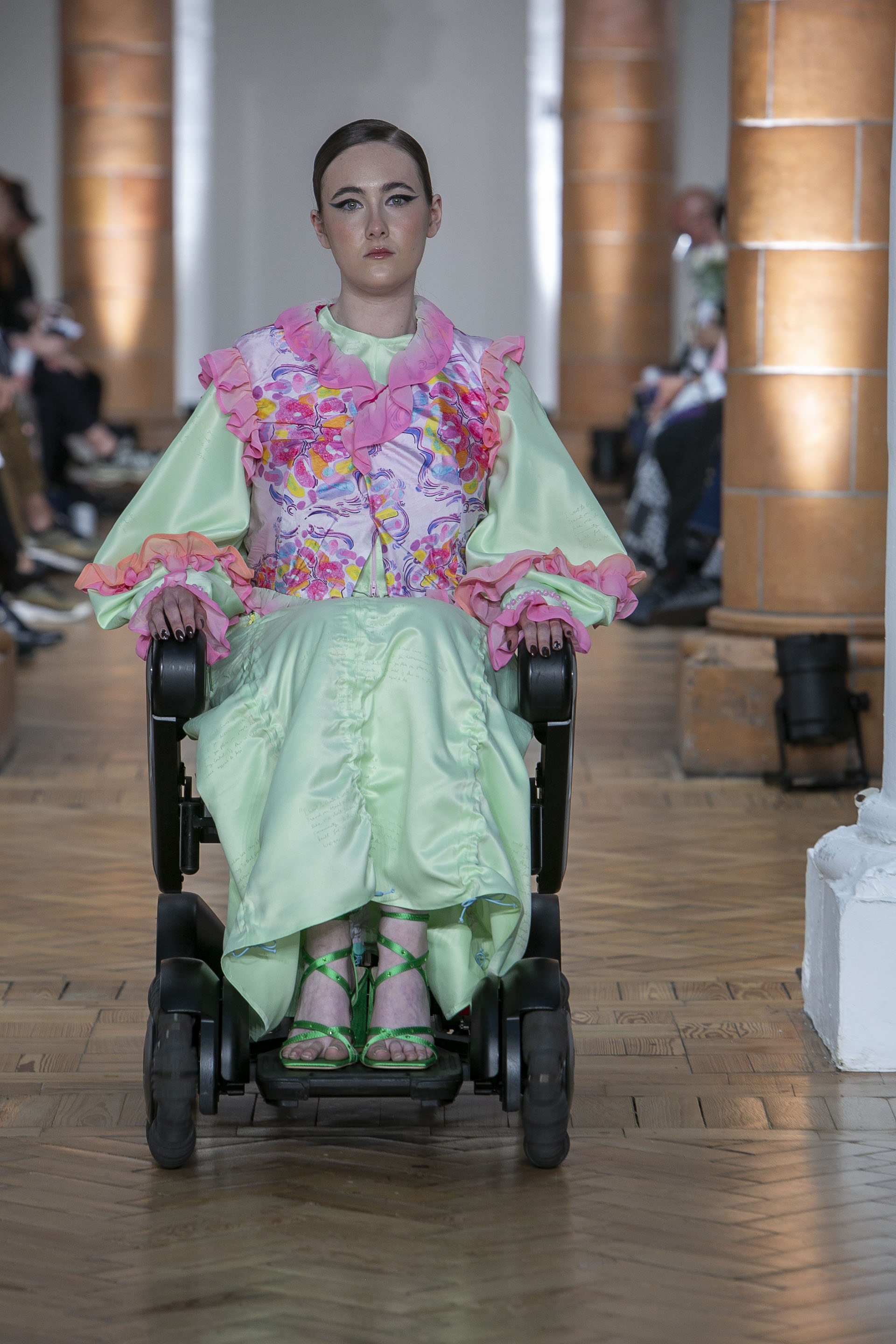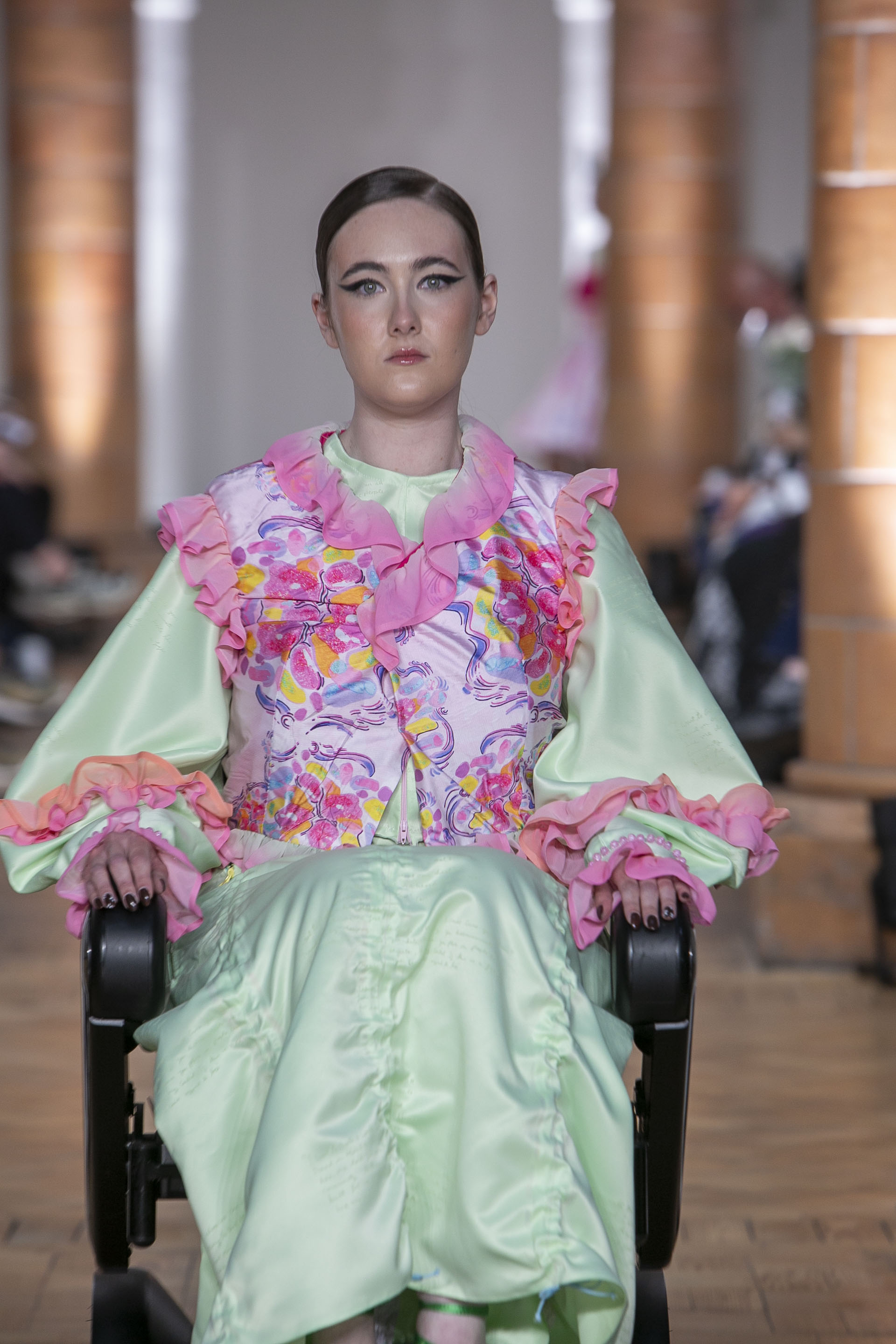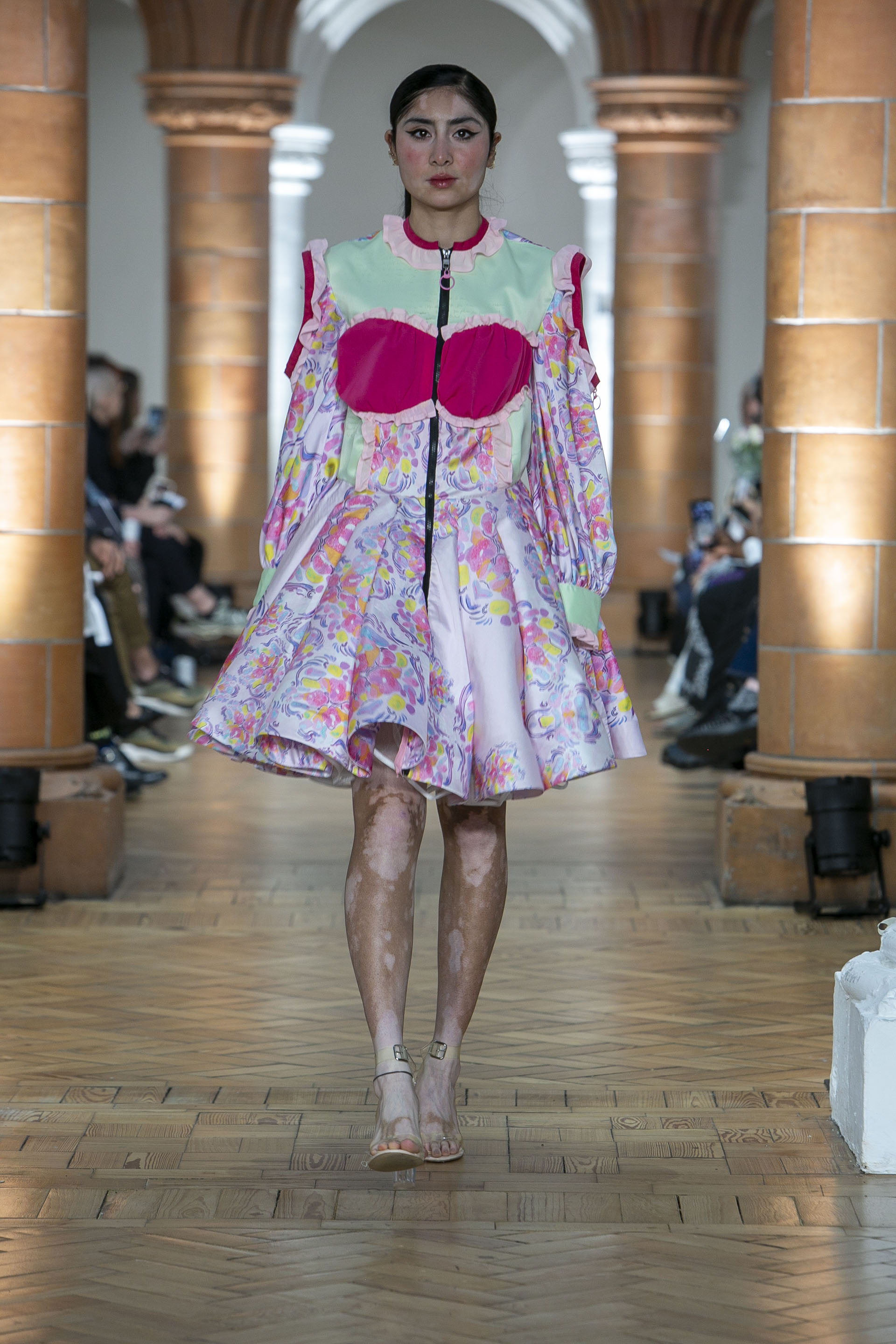Michelle McKim
Scroll to explore
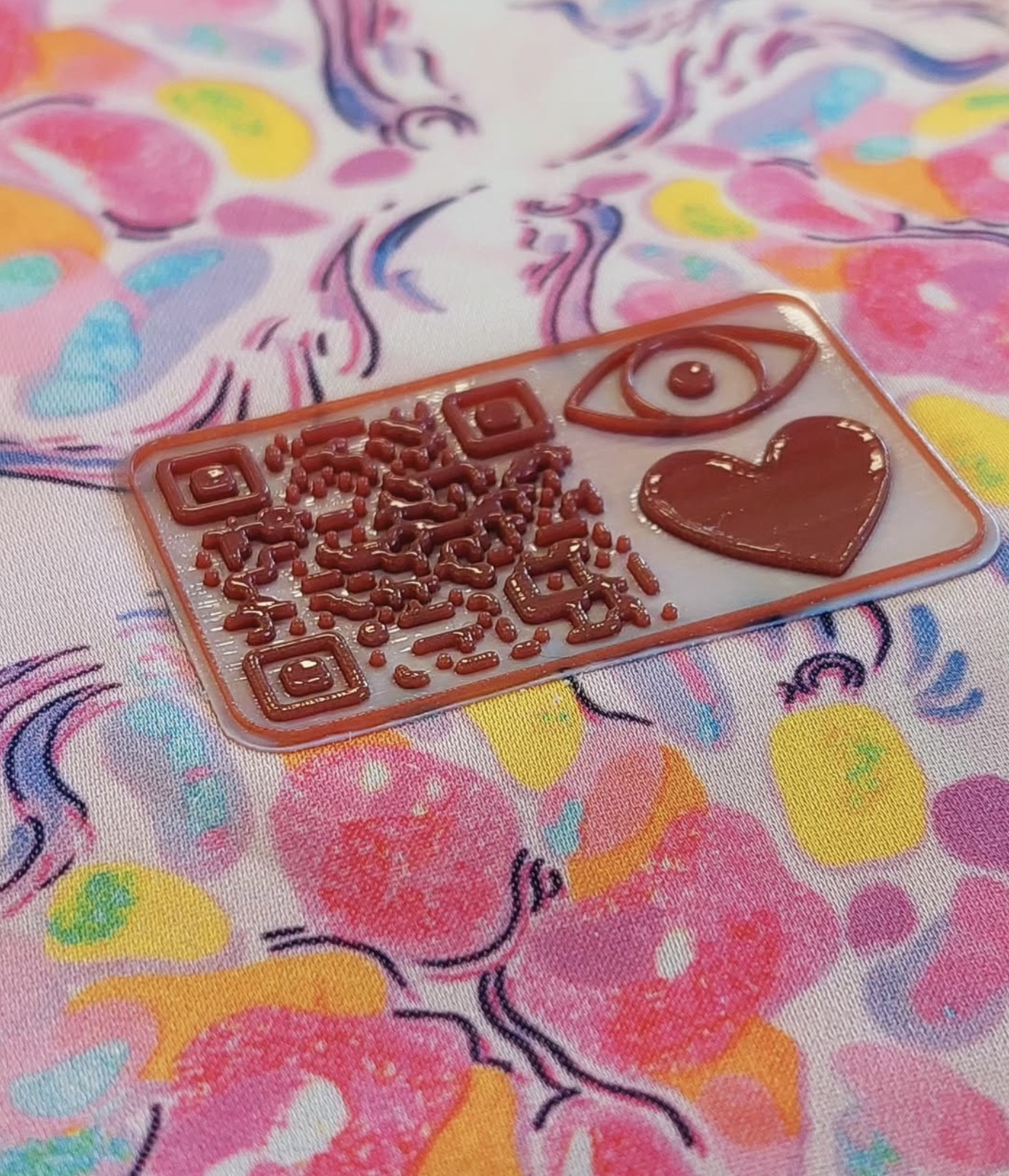
To me, fashion isn’t just about designing and creating something that people would like to wear and feel confident in, it’s about solving issues the fashion industry tends to overlook or even ignore. The disabled community make up the world’s biggest minority group of approx. 2 billion people, but aren’t only under-represented, they aren’t treated as consumers and there’s hardly any brands on the market that cater to their needs. This needs to change, however it is also notable that anyone at any point in their life can become disabled. So when we design for disability, we not only design something that everyone can wear, we are future-proofing. We create garments that can stay in your wardrobe no matter what changes your body may face. Adaptive design for that reason also becomes the more sustainable option. I started researching what my target consumer might need but I also wanted to create something fun and vibrant as there is especially a lack of disability inclusive clothing that also feels fun and playful and expressive. I used the addition of no sew technology such as bonding to make my seams more sensory friendly to neurodivergent people as well as anyone who may have more sensitive skin. By creating these ""hybrid"" seams they should also be more durable, meaning they will last longer in your wardrobe. Amongst other features I added zips to sleeves for people who use medical devices like dexcoms, I added feeding tube ports in the bodice of some garments as well as added fasteners like magnets, zips with ring pulls and a magnetic zip to make getting dressed easier for people with limited mobility and dexterity. Other experimental features include making length adjustable garments with the help of elastic cord and toggles to make them height inclusive, and I created a digital 3D model of a tactile label I would have 3D printed to help visually impaired and blind people access care instructions through a QR code linked to an audio guide.
